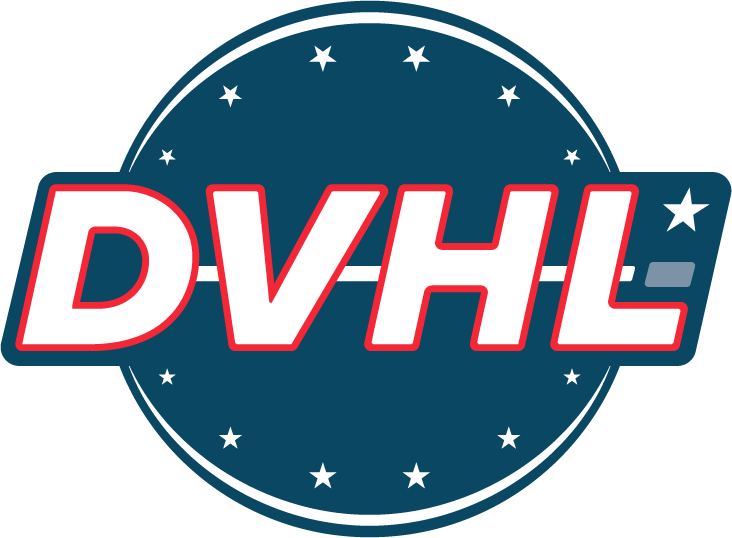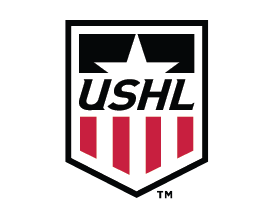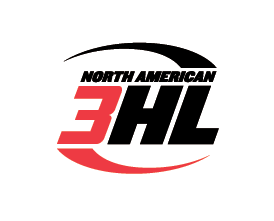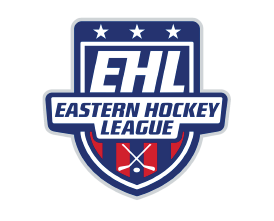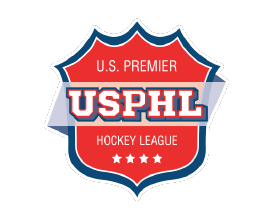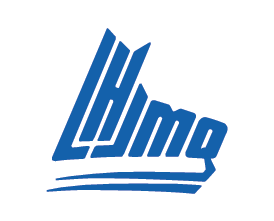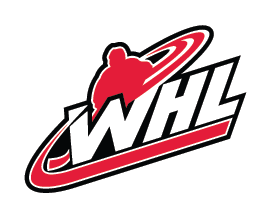Youth Ice Hockey Hierarchy
Understanding Youth Ice Hockey Levels
If you’re new to youth hockey, you might be confused by terms like Midget, Squirt, and Peewee. These terms are used to describe different age groups in hockey, but as of 2016, USA Hockey changed its system to clarify things.
Many people needed clarification on the old hockey age group terms. They wondered if a squirt was older than a peewee or if a bantam was younger or older than a midget. The terms seemed more decorative than meaningful. In 2016, USA Hockey stopped using the old terms to designate hockey age groups.
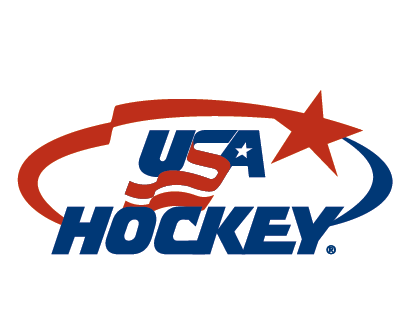
USA YOUTH HOCKEY LEVELS PRE-2016 USA HOCKEY YOUTH LEVELS
- Mini Mite (ages 5-6)
- Mite (ages 7-8)
- Squirt (ages 9-10)
- Peewee (ages 11-12)
- Bantam (ages 13-14)
- Minor Midget 16 and Under (ages 15-16) (high school junior varsity)
- Major Midget 18 and Under (ages 15-18) (high school varsity)
Now, USA Hockey has boldly broken tradition and made classifications more rational.
CURRENT USA HOCKEY YOUTH HOCKEY AGE GROUPS
The new age classifications are as follows:
- Age Category: 8 – Age Division: 8 or Under (8U)
- Age Category: 9-10 – Age Division: 10 or Under (10U)
- Age Category: 11-12 – Age Division: 12 or Under (12U)
- Age Category: 13-14 – Age Division: 14 or Under (14U)
- Age Category: 15-16 – Age Division: 16 & Under (16U)
- Age Category: 17-18 – Age Division: 18 & Under (18U)
Girls’ and women’s teams also now use similar classifications—the difference is that the oldest category tops out at 19 years old instead of 18:
- Age Category: 8 & Under – Age Division: 8 or Under (8U)
- Age Category: 9-10 – Age Division: 10 or Under (10U)
- Age Category: 11-12 – Age Division: 12 or Under (12U)
- Age Category: 13-14 – Age Division: 14 or Under (14U)
- Age Category: 15-16 – Age Division: 16 or Under (16U)
- Age Category: 17-19 – Age Division: 19 or Under (19U)
Additionally, each age category is determined by the individual’s birth year, with the age calculated at the beginning of the calendar year.
Each age division is divided into skill levels: B, A, AA, and AAA, with B as the lowest and AAA as the highest. Level classifications have remained unchanged from the previous system. Clarity is essential, especially in the growingly complex and professionalized world of youth ice hockey.
Within the USA Hockey system, AAA is Tier 1 youth, and B through AA are Tier 2 youth. Tier 1 and 2 sanctioned teams can compete in sanctioned or independent leagues.

CANADIAN YOUTH HOCKEY LEVELS
The Hockey Canada classification system, like USA Hockey, has been updated in recent years to be more age-specific. Some provinces, such as Quebec, have implemented their own classifications.
MINOR HOCKEY
- Minor hockey is for every child who plays for a local association. Their classifications are:
- Under 7 (U7): Age 6 or under
- Under 9 (U9): Age 7-8
- Under 11 (U11): Age 9-10
- Under 13 (U13): Age 11-12
- Under 15 (U15): Age 13-14
- Under 18 (U18): Age 15-17
- Under 21 (U21): Age 18-20
Junior Ice Hockey Hierarchy
The Junior (JR) Ice Hockey structure can also be confusing. JRs support players 16-20 years old and can play in the following Junior leagues:
US JR Leagues
Tier 1: The United States Hockey League (USHL) is the top junior hockey league sanctioned by USA Hockey. It consists of 16 active teams located in the Midwestern United States and Great Plains for players between the ages of 16 and 21. The USHL is strictly amateur, allowing former players to retain their college eligibility and compete in National Collegiate Athletic Association (NCAA) college hockey. The USHL is a tuition-free league.
Tier 2: The North American Hockey League (NAHL) is one of the top junior hockey leagues in the United States and is in its 50th season of operation in 2024–25. It is the only Tier II junior league sanctioned by USA Hockey. It acts as an alternative for those who would not or did not make the roster of a team in the Major Junior Canadian Hockey League (CHL) or Tier I United States Hockey League (USHL). The NAHL is one of the oldest junior hockey leagues in the United States. The NAHL is a tuition-free league.
Tier 3: Tier 3 JR level players pay to play, depending on the league and team and the fee/tuition ranges. Most Tier 3 players are looking to develop their skills (in hopes) of moving up to Tier 2, Tier 1, or College Hockey. Some players will go directly to NCAA Division III, ACHA, and CHF schools from Tier 3.
Before July 2011, USA Hockey split Tier 3 into Junior A and B divisions. USA Hockey currently has one sanctioned Tier 3 league: the North American 3 Hockey League (NA3HL). Popular independent Tier 3 JR leagues based in the US are:
The Eastern Hockey League (EHL) operates two Tier 3 leagues: the Eastern Hockey League, which is the top division, and the Eastern Hockey League Premier, which is the lower league. The EHL left USA Hockey sanctioning in 2022.
The United States Premier Hockey League (USPHL) comprises several Tier III Junior and youth hockey teams. The USPHL offers the National Collegiate Development Conference (NCDC), which is tuition-free but not fee-free. The USPHL has removed all its junior-level leagues (the NCDC, Premier, and Elite Divisions) from USA Hockey sanctioning for the 2017–18 season, and they remain independent today.
Canadian JR Leagues
Major Junior (WHL, OHL QMJHL): Most top players choose this league. They are paid a small compensation and live primarily in small, provincial towns where they play only hockey and do little else. They travel throughout the country, playing other Major Junior teams in the three leagues. Because these players are paid, they’re not eligible to play NCAA hockey.
Junior A: In this unpaid level of play, players mostly play throughout their province and can still play college hockey if they choose to.
Junior B: Another choice for players who might choose to play college hockey; players in Junior B generally play closer to their homes.
Other hockey-playing countries around the world have their classifications. Today’s youth hockey is a highly organized and competitive pursuit, particularly at the upper levels.
